Products
Research and development
New ideas and their implementation – this is our path to innovative solutions.
Our ideas and our creativity ensure that you will stay ahead of the competition. For only consistent research and continuous further product development make possible pioneering innovations and continued success.
Alufinish gives all to achieve this goal – as an investment in your future as well as in ours.
Energy saving with Alfinox 510 - ENSAV AL process in anodising plants
Saving energy is a much-discussed topic these days and of great interest to anodising companies in particular. Even with simple measures, energy can be successfully saved. One possibility is the use of Alfinox 510, a special anodising bath additive that effectively saves cooling energy during anodising.
The following advantages result from using Alfinox 510:
- Saving of cooling energy by application at anodising bath temperatures of 23 - 27°C
- The total cost saving is approx. 13%
- Lower temperature sensitivity compared to conventional sulphuric acid anodising baths
- Allows higher aluminium contents up to 35 g/l
- Up to 50 % savings on sulphuric acid thanks to longer bath lifetimes
But that is not all:
In addition to saving cooling energy, Alfinox 510 also enables uniform colouring with good sealing results at the same time. If the bath temperature is reversed to about 10°C, hard anodising-like layers (approx. 350 - 450 HV 0.025) are already obtained, depending on the Al alloy used. Alfinox 510 can therefore be used advantageously at both high and low anodising bath temperatures.

Heavy metal free cold sealing with new HMF - SealAL – process

Promoted by:
Federal Ministry for Economic Affairs and Energy based on a resolution of the German Bundestag (support measure: ZIM - project)
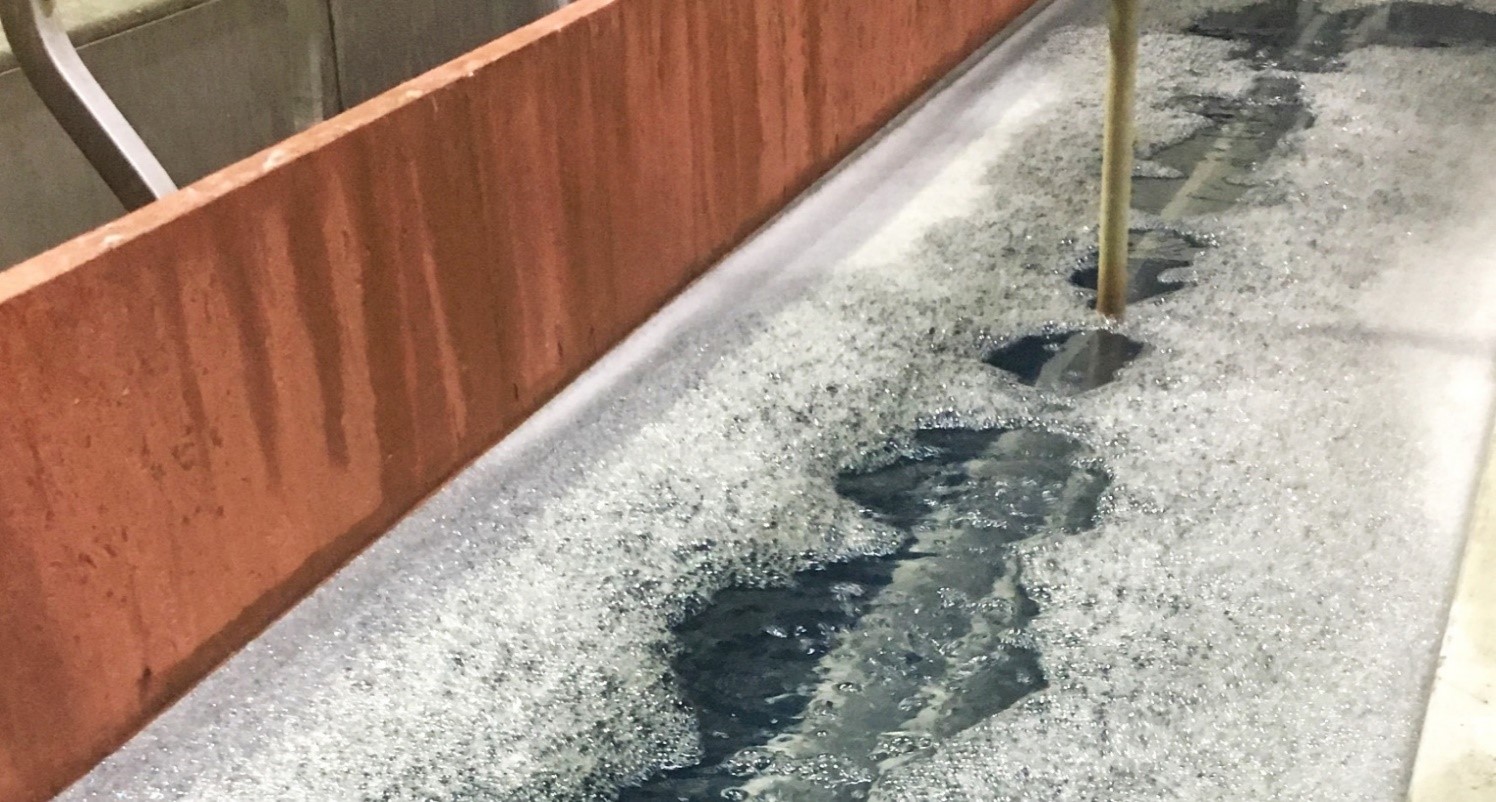
Goodbye nickel and cobalt
Cold sealing processes based on nickel and if necessary cobalt salts are currently still state of the art and are often used as an alternative to hot sealing processes. Advantages result from shorter sealing times and energy savings. On the waste water side, however, there are disadvantages, as nickel and cobalt have to be removed again. This is where the new development of the HMF - SealAL - process comes in. HMF stands for "heavy - metal - free". The new process is therefore free of heavy metals and otherwise fulfils the properties of a conventional cold seal system. An uncoloured aluminium oxide layer sealed in this way is, of course, also free of heavy metals. Both colourless and electrolytically coloured surfaces can be sealed. The treatment is completed by an ageing stage in warm water, in which Alfiseal 997 is added. Approval of the process according to Qualanod has been applied for.
The approval of the process according to Qualanod is in progress .
What advantages does the process offer?
- Completely free of heavy metals, low waste water pollution
- Application at temperatures below 32°C
- Short sealing times, total sealing time is 1.5 minutes/µm
- Applicable on natural and electrolytically coloured surfaces
- Good filterability and analysable products
- Fulfils the usual sealing test quality demands (weight loss test DIN EN ISO 3210)
Optics of the cold sealed surfaces
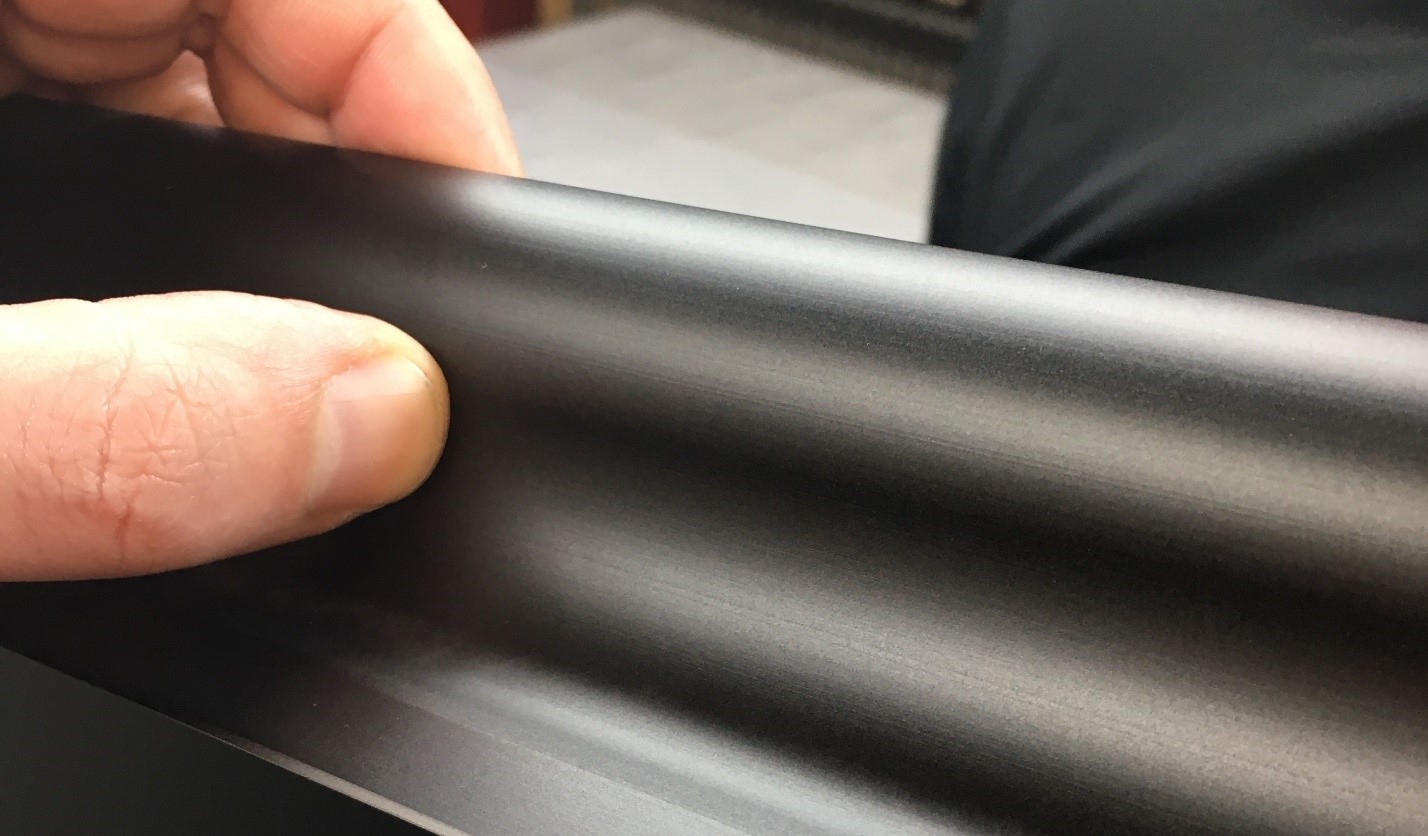
Free of smut even on electrolytically black-coloured surfaces (C35)
Time saving in anodising operation due to the new FastsealAL – process
If you believe the saying “time is money”, then this can of course also be applied to the anodising operation. Any kind of time saving in the most time-consuming pre-treatment step, hot sealing, is of course of great interest. It would be nice if an anodised layer of 20 µm only required 40 minutes or even 30 minutes instead of the usual 60 minutes of hot sealing time. Since 2 min./µm are already possible today with suitable hot seal additives and still acceptable sealing values, the new FastsealAL process (Alfiseal 938) achieves a further time advantage. Anodised surfaces can be pretreated with this process with only half the sealing time.
What are the benefits of the procedure?
- Alfiseal 938 is metal-free and requires no subsequent rinsing of the surface
- Reduction of hot sealing time to up to 1 min./µm, even with coloured surfaces
- Good sealing quality despite shorter sealing times
- Prolongation of bath life due to “never-dump” operation, easy filtration
- Seal additive can be analysed for quality-compliant application
- At 2 minutes/µm hot sealing time a Qualanod – compliant operation is possible

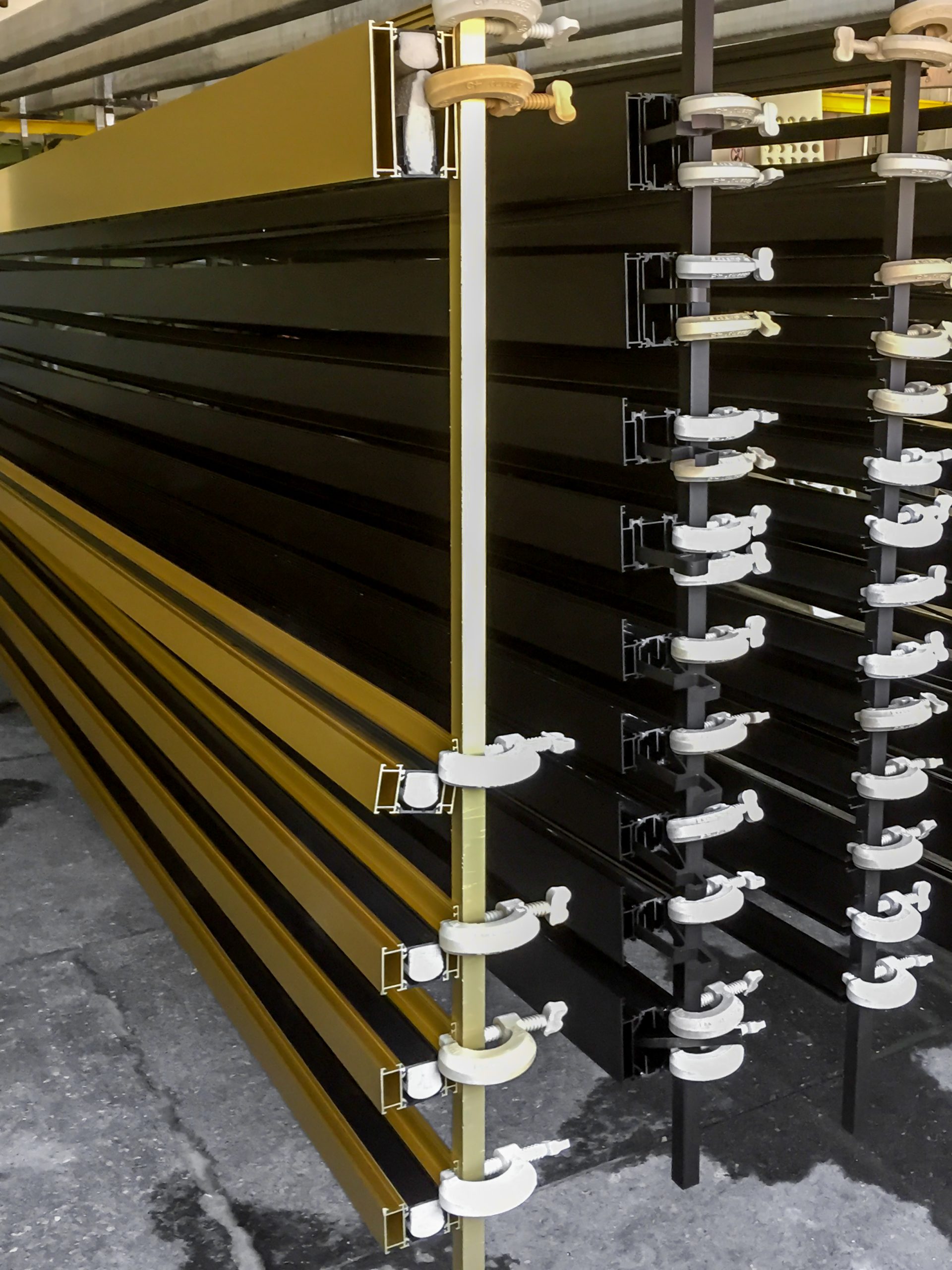
Pictures:
Black and gold – coloured surfaces free of smut thanks to Alfiseal 938 (2 min./µm hot sealing time here).
How to use Alfiseal 938?
Alfiseal 938 does not require any special application conditions. Concentration, pH value and temperature are comparable to normal hot sealing systems.
The trend toward more colours – The Terra-ColorAL – and Copper-ColorAL – processes
The market ist constantly demanding new colour compositions and structures. Sometimes glossy and black is called for; at others colourful and matt.
Therefore Alufinish intensified the work on developing interesting, electrolytically applicable colours. In addition to its established processes like stainless steel colour on aluminium (Alfisteel process) and copper colour on aluminium (Copper-ColorAL process) a further process was developed. The new development is called Terra-ColorAL process and is a dyeing process for creating typical wood and earth shades subsequent to anodising.
Terra-ColorAL – process
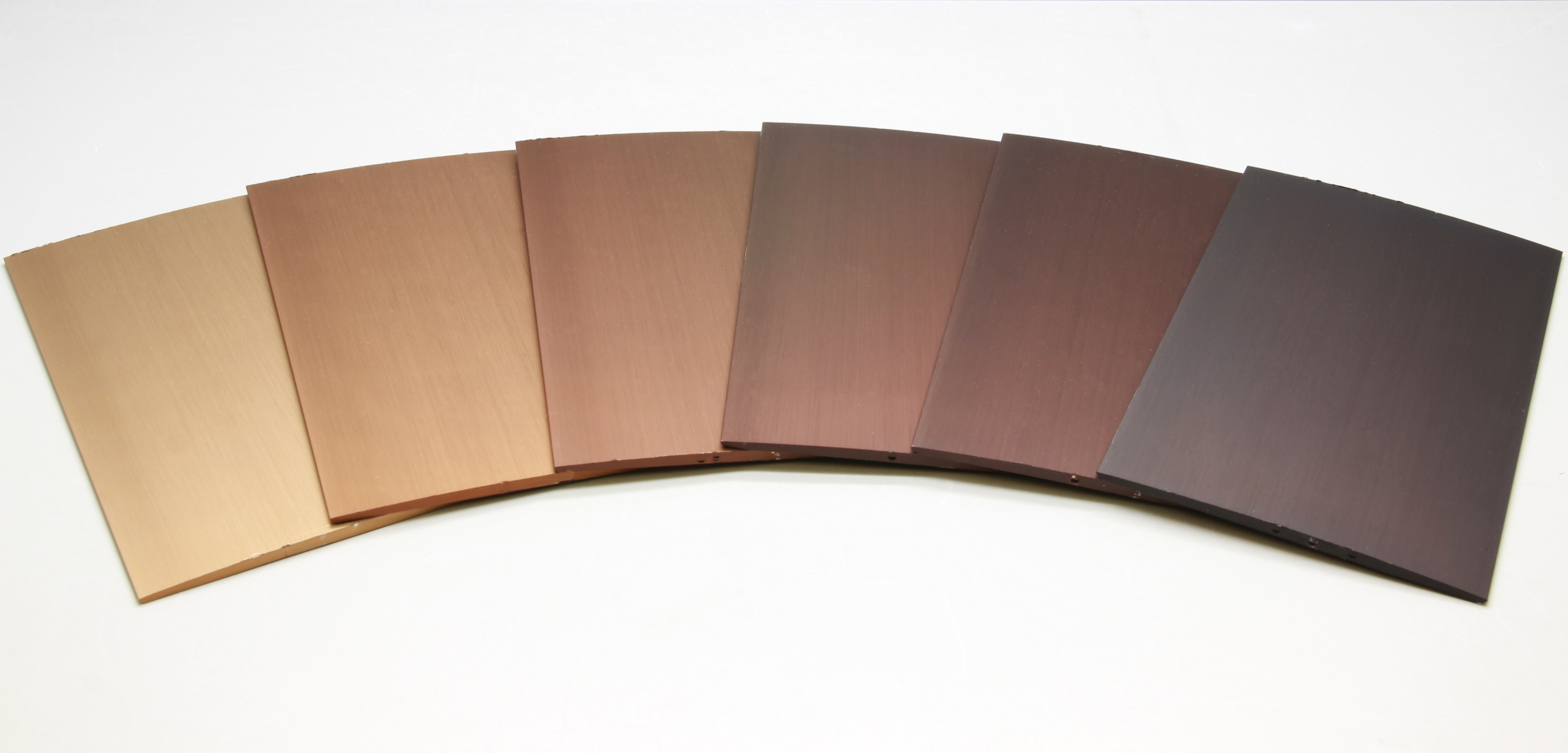
What is the Terra-ColorAL Process?
The Terra-ColorAL Process is an electrolytic two-step dyeing process for creating typical wood and earth shades subsequent to anodising. The process is similar to the conventional tin dyeing technique and is achieved with the two-component product Alficolor 650 and Alficolor 651.
Advantages
- Anodised colours in wood and earth shades
- Electrolytically dyed (two step colouring procedure), thus high colour stability
- Two-component system enables a wide range of colour variants
- Numerous colour variations possible by modifying c, t, T and acidity
- Can be easily integrated into existing facilities, e.g. using a former tin-colouring plant equipment
- Plant equipment for colouring tin can be used
- Individual components can be analysed for a high process reliability
A selection of possible colours depending on the pretreatment (matt finished, polished, mechanically processed) are visible in below picture gallery:
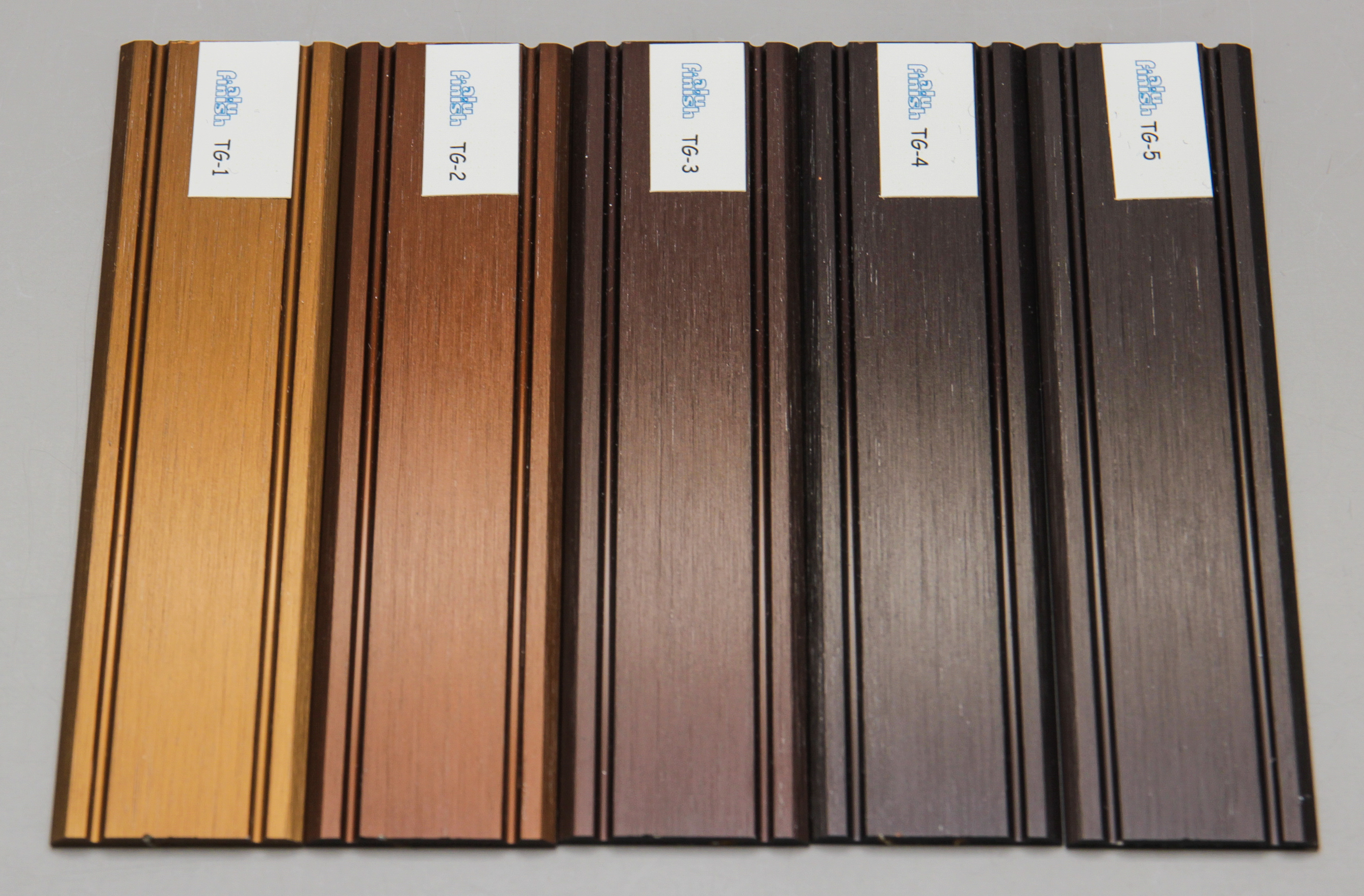

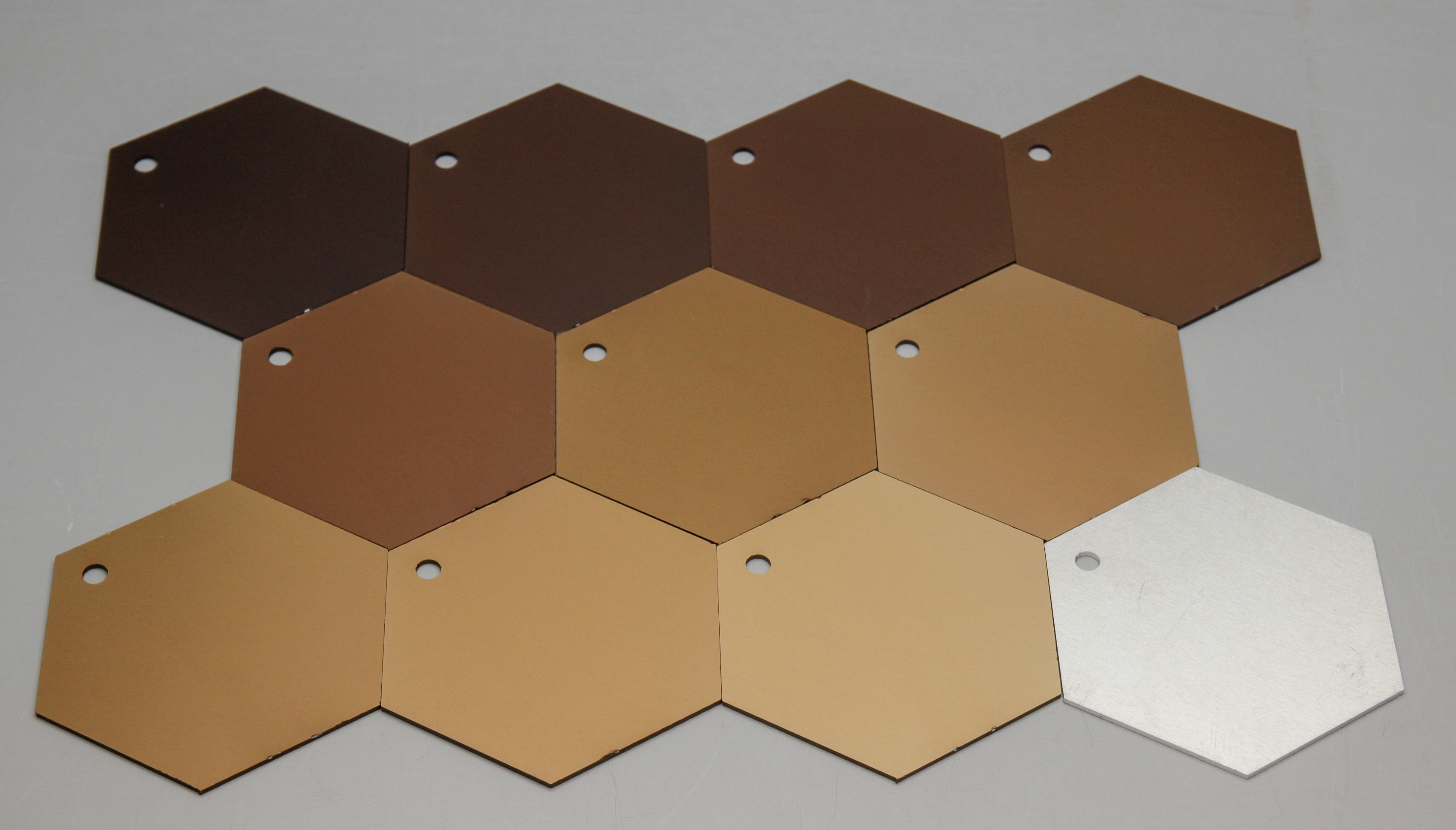
Organic Alumino – Dyestuffs
Are there also organic dip dyeings ? – Yes!
Dyes for adsorptive dyeing (dip dyeing) of anodised aluminium surfaces are also available. We can offer you 27 different Alumino dyes from our partner MDP, which are available worldwide.
The colour spectrum ranges from black, grey, brown, blue, green, red, orange and yellow to various intermediate tones.
They are suitable for both indoor and outdoor use, depending on the light fastness of the chosen dye.
A selection of possible colours are visible in below picture gallery:





